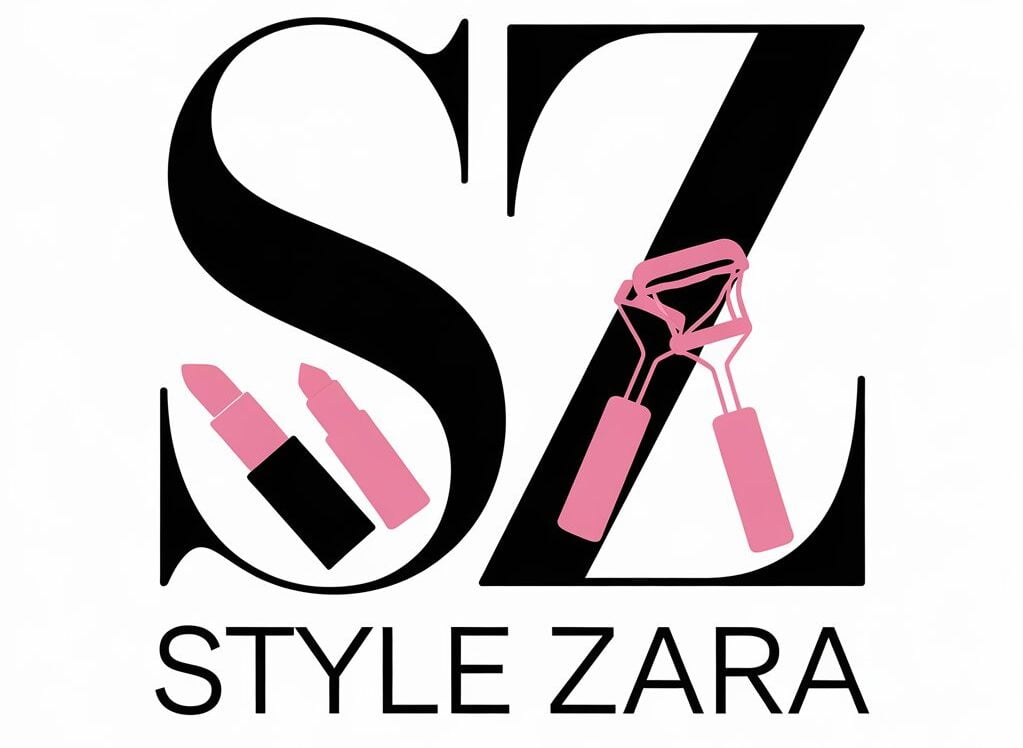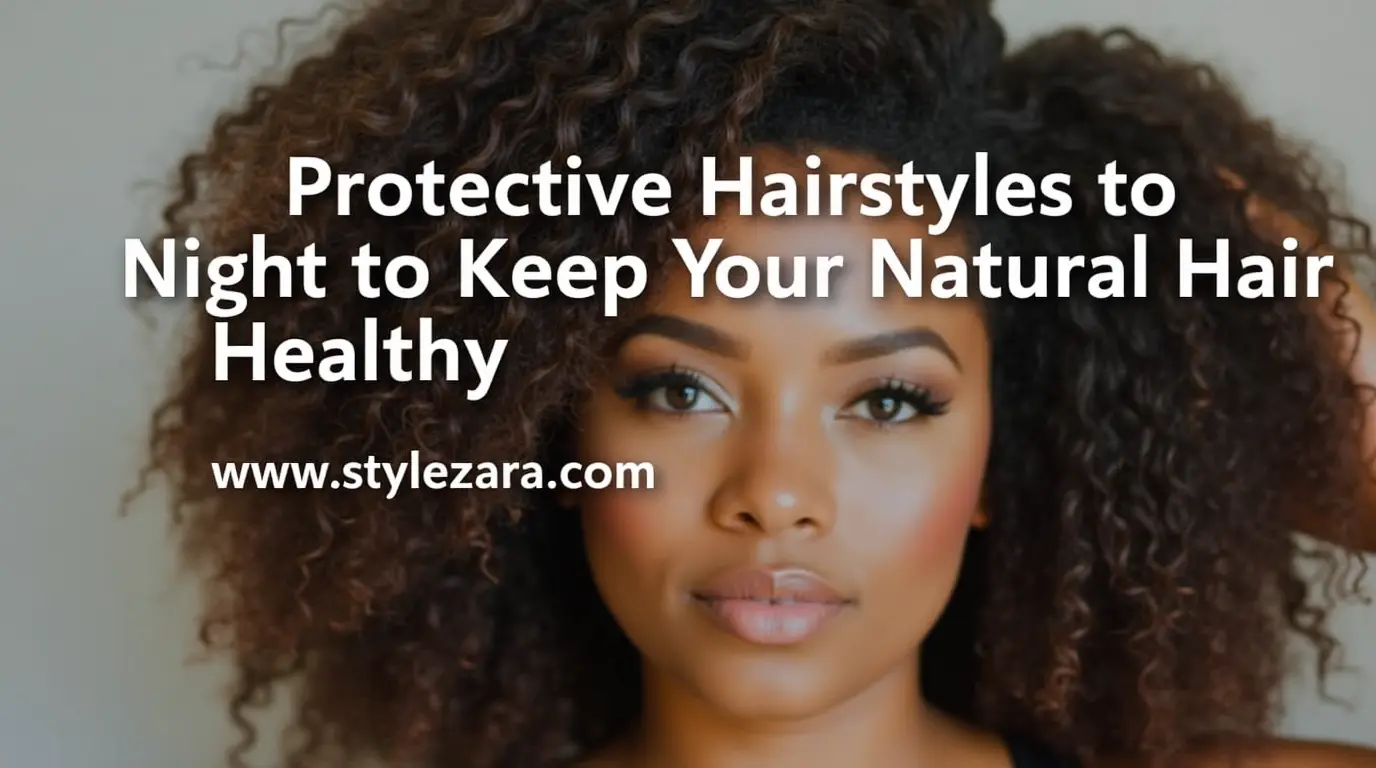Protective Hairstyles to Wear at Night to Keep Your Natural Hair Healthy
Maintaining healthy natural hair can be a journey filled with ups and downs, especially when transitioning from relaxed to natural. One of the most critical aspects of this journey is protecting your hair while you sleep. Often, we overlook the importance of nighttime routines, but it’s during these restful hours that our hair is most vulnerable to breakage, dryness, and tangling. Wearing protective hairstyles at night is a game-changer for keeping natural hair strong, hydrated, and manageable. Let’s explore the best ways to protect your natural hair overnight and unlock the secrets to a healthy mane.
Key Takeaways:
- Proper nighttime care is essential to prevent breakage and retain moisture in natural hair.
- Protective hairstyles can minimize tangling, frizz, and damage during sleep.
- Satin or silk accessories are crucial for maintaining moisture in natural hair.
- Tailoring your routine to your hair’s porosity, such as with Low-Porosity Care for Natural Hair, leads to better hair health.
- Simple yet effective techniques can improve your overall hair retention and growth.
1. The Importance of Protecting Natural Hair at Night
During sleep, your hair can become dry and tangled as it rubs against your pillowcase. The friction caused by cotton or other rough materials can lead to breakage, frizz, and split ends. Hair, especially natural hair, needs a break from daily styling and exposure to environmental factors. This is why wearing a protective hairstyle at night is a vital part of any natural hair care regimen.
2. Benefits of Protective Hairstyles
Natural hair treatments are often expensive and time-consuming, but protective hairstyles at night offer a simple and cost-effective way to maintain hair health. By reducing the stress on your strands, these styles help retain length, moisture, and prevent excessive manipulation. Moreover, when combined with moisturizing products, protective hairstyles can transform your hair’s texture and overall condition.
3. Top Protective Hairstyles for Nighttime
a) The Pineapple
The “pineapple” is a go-to protective hairstyle, especially for those with curly or coily textures. By loosely gathering your hair at the top of your head, you reduce the risk of tangling and flattening curls. To maximize the effect, use a satin or silk scarf or bonnet.
b) Two-Strand Twists
Two-strand twists are an excellent option for anyone with medium to long natural hair. This style not only protects the hair but also helps to maintain defined curls or waves the next morning. Apply a leave-in conditioner or oil to keep your hair moisturized throughout the night.
c) Bantu Knots
Bantu knots are a timeless protective style that works well for all hair types. By sectioning your hair and twisting it into small knots, you can prevent tangling and frizz. The added bonus? You’ll wake up with beautifully defined curls or waves.
d) Loose Braids
Loose braids are a staple in nighttime hair care. They keep the hair contained without causing tension on the scalp, reducing breakage. For extra protection, moisturize your hair before braiding, and cover it with a satin bonnet.
4. The Role of Hair Porosity in Nighttime Care
Knowing your hair’s porosity is essential in determining the best nighttime routine. Low-porosity care for natural hair requires extra attention, as this type of hair tends to repel moisture. To ensure your hair stays hydrated overnight, opt for protective styles that seal in moisture, such as braids or twists. Additionally, using a light oil like argan or grapeseed oil can help lock in hydration.
| Hair Porosity | Protective Hairstyle | Suggested Products |
|---|---|---|
| Low Porosity | Loose Braids, Twists | Lightweight Oils, Leave-in Conditioners |
| Medium Porosity | Pineapple, Bantu Knots | Creams, Hydrating Oils |
| High Porosity | Twists, Braid-outs | Butters, Heavy Oils |
5. Satin and Silk: Your Hair’s Best Friend
Whether you’re wearing a pineapple, twists, or loose braids, your protective hairstyle will only be as effective as the materials you use. Cotton pillowcases and scarves can absorb moisture from your hair, leaving it dry and brittle. Instead, opt for satin or silk pillowcases and bonnets. These materials reduce friction, maintain moisture, and are essential tools in any healthy hair regimen.
6. The Benefits of Moisturizing Before Bed

A key step in maintaining healthy natural hair is keeping it moisturized. Moisturizing your hair before bedtime ensures that it stays hydrated through the night. Whether you use water-based creams, leave-in conditioners, or oils, sealing in moisture is crucial for healthy hair growth. For low-porosity care, using a light mist of water followed by an oil sealant will prevent moisture loss during the night.
7. Nightly Scalp Care
Scalp health is an often overlooked aspect of natural hair treatments, yet it plays a significant role in hair growth and overall hair health. Massaging your scalp for a few minutes before bed can increase blood circulation, promoting stronger hair follicles. Additionally, applying a lightweight oil to your scalp helps to prevent dryness and flaking.
8. Maintaining Edges Overnight
Your edges can be the most delicate part of your hair, and they need extra protection during the night. To keep them smooth and intact, apply a moisturizing product and gently brush them down before tying a satin or silk scarf around your head. This prevents breakage and ensures your edges remain sleek and healthy.
9. Rotating Protective Styles
While it’s tempting to stick to one style that works, it’s beneficial to rotate your protective hairstyles throughout the week. This practice prevents stress on specific areas of your hair and promotes even hair growth. For example, switch between loose braids, twists, and the pineapple style to give different parts of your hair a break.
10. Essential Hair Care Tips for Natural Hair

In addition to protective hairstyles, there are several essential hair care tips for natural hair that can help you maintain your hair’s health overnight. These include:
- Avoid tight styles: Tension can cause breakage and weaken hair follicles.
- Moisturize regularly: Keeping your hair hydrated is key to preventing dryness and brittleness.
- Use a silk or satin pillowcase: Protect your hair from friction that can cause split ends.
- Trim regularly: Even with protective styles, regular trims are necessary to maintain healthy ends.
- Be patient: Natural hair takes time and care to flourish. Consistency is the key to long-term success.
FAQs
1. What is the best hairstyle to protect natural hair at night?
The pineapple style is highly effective for protecting curly or coily hair, but loose braids and two-strand twists are also great options for keeping your hair tangle-free and moisturized overnight.
2. How often should I change my nighttime protective hairstyle?
It’s beneficial to change your protective hairstyle every few days to reduce stress on specific areas of your hair and promote even growth.
3. Is it necessary to use a satin or silk pillowcase if I’m wearing a bonnet?
Yes, satin or silk pillowcases add an extra layer of protection, ensuring that even if your bonnet slips off during the night, your hair remains shielded from friction.
4. How do I care for my low-porosity natural hair at night?
For low-porosity care for natural hair, ensure that you use lightweight products that don’t sit on top of the hair. Apply a mist of water followed by a light oil to seal in moisture.
5. Can I skip moisturizing my hair at night if I have protective styles?
No, it’s important to moisturize even with protective styles. Natural hair tends to lose moisture quickly, so replenishing it before bed will keep it healthy and hydrated.

